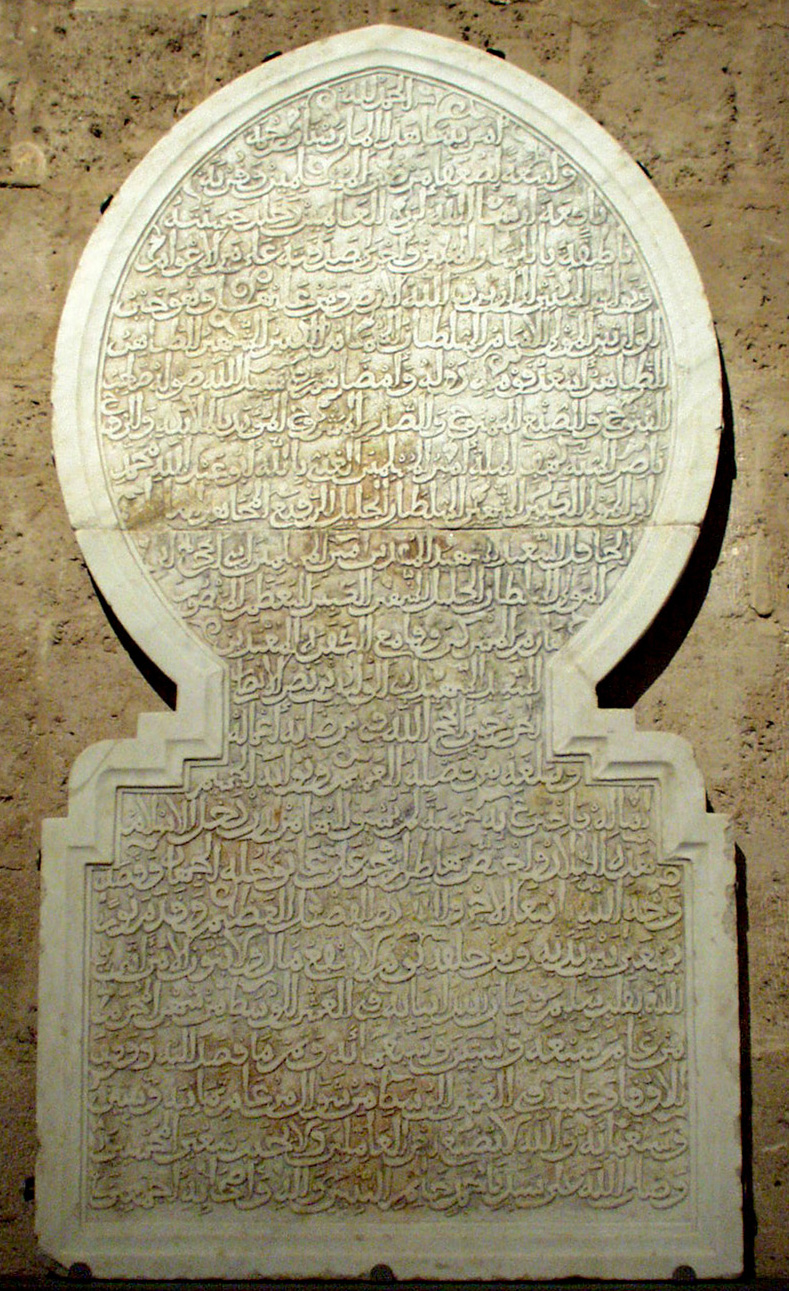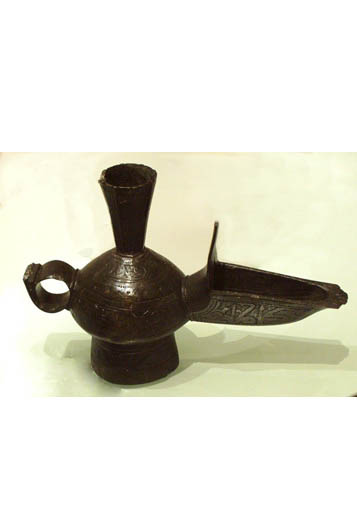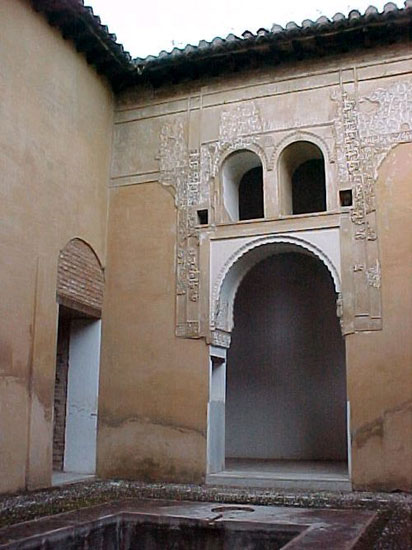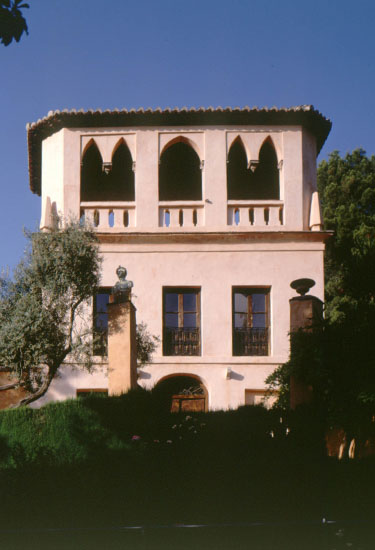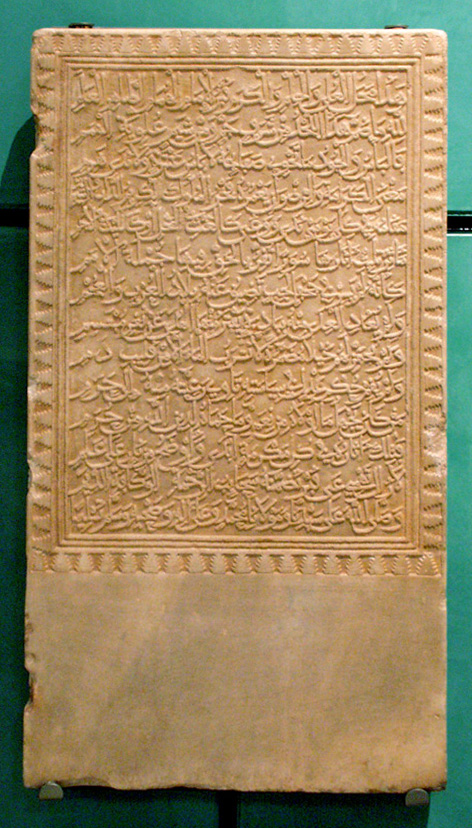Nasrid silk
A Nasrid silk. Decoration and Technique in the Nasrid Period is the title of the Museum of the Alhambra Piece of the Month presentation for the month of June. Every Saturday, from noon onwards, art historian Alejandro Guillén Santoro will analyse this interesting fragment in Room VII of the Museum of the Alhambra as part of this free programme offered by Patronato de la Alhambra y Generalife (PAG).
This ornate rectangular silk fragment, dated to the 15th century, is decorated with broad stripes of ataurique and merlon patterns in gold, blue and white on a crimson background, with a plain crimson strip at one edge. The crimson background colour, the dye for which was extracted from an insect which lives off the sap of the local holm oak, was almost a trademark of the Kingdom of Granada. Several authors have commented over the years on its similarity with the red of the walls of the Alhambra.
The cloth is one of the Alhambra silks, a series of fragments from the 14th and 15th centuries, and typically using patterns very similar to those produced by the Alhambra plaster works. The Kingdom of Granada silk industry employed quite a large number of workers, which suggests that production may have been mechanised to a certain degree, involving the use of looms.
The writings of Ibn Khaldun allude to the existence in the city of a royal tiraz, a type of workshop where luxury textiles were produced. Similar fragments kept at other museums have allowed us to trace the evolution of textile design and patterns over the 14th and 15th centuries.
Al-Andalus was a major silk-producing centre, from the establishment of the Royal Tiraz in Cordoba in the 9th century, until the Granada silk market, or alcaicería burnt down in the 11th century. Such was the level of specialisation and the economic importance of the sector, that when the Moriscos were deported in 1571, several craftsmen were allowed to stay, to ensure the continuance of the industry, the lucrative produce of which was exported as far away as Italy.
When: Every Saturday, from 12.00 noon onwards
Where: Room VII, Museum of the Alhambra, Palace of Carlos V.





 Contact
Contact






